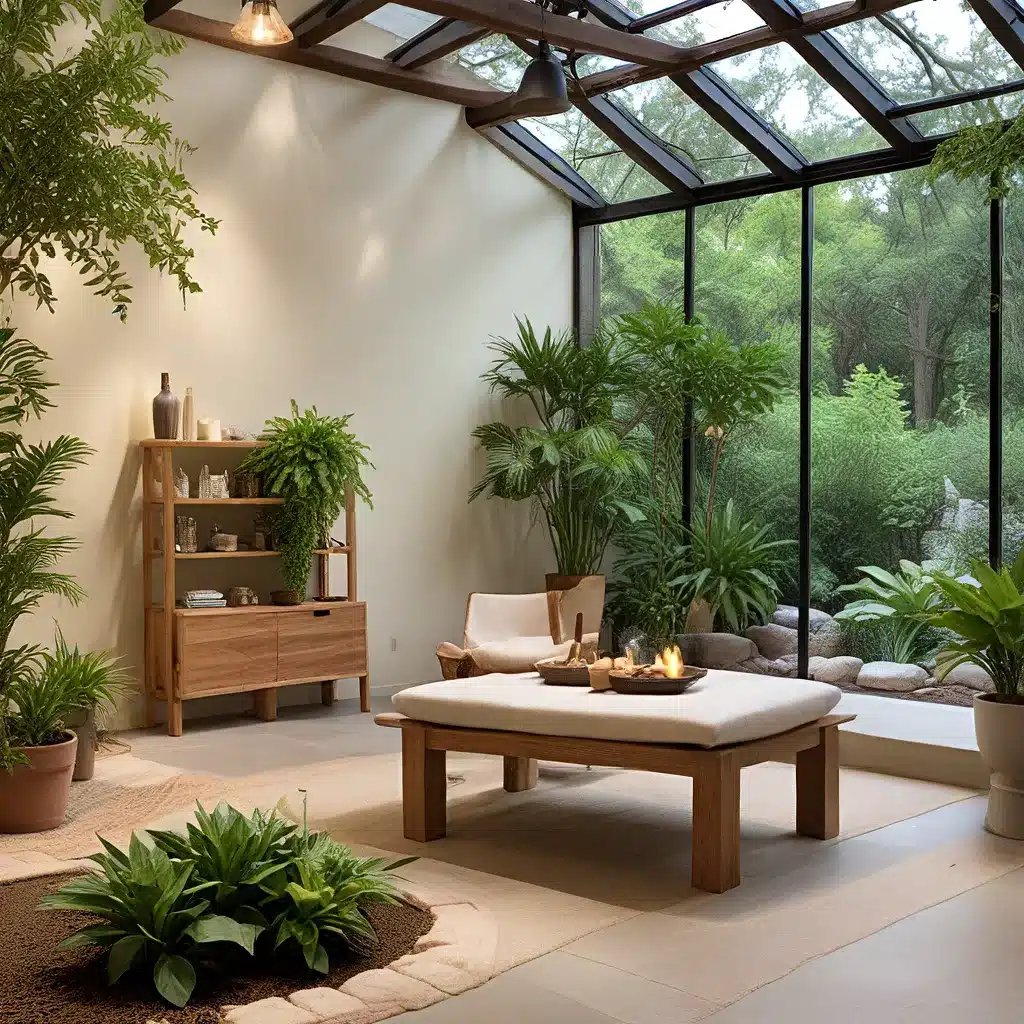
In a world where the impact of our lifestyle choices on the environment has become increasingly evident, the demand for sustainable and eco-conscious living has never been higher. As homeowners and design enthusiasts seek to create living spaces that reflect their values, the intersection of interior design and environmental consciousness has become a driving force in the industry.
The Rise of Sustainable Interior Design
Sustainable design is no longer just a trend – it has become a fundamental principle that is shaping the future of the industry. Homeowners are recognizing the importance of living in harmony with the planet, and they are seeking out designers who can help them create living spaces that are not only beautiful but also mindful and eco-conscious.
One of the key aspects of sustainable interior design is the use of sustainable materials. From natural fibers like linen and organic cotton to reclaimed wood and recycled glass, designers are finding innovative ways to incorporate eco-friendly elements into their projects. These materials not only reduce the environmental impact of a home but also add unique character and depth to the design.
Embracing Mindful Living
In addition to sustainable materials, the concept of mindful living has become integral to the design process. Homeowners are seeking spaces that promote relaxation, introspection, and a deeper connection with the natural world. This has led to a growing trend of incorporating meditation and wellness practices into the home, such as designated meditation nooks, eco-friendly self-care routines, and the use of natural lighting and biophilic design elements.
By creating environments that foster personal sustainability and a sense of harmony, designers can help their clients cultivate a deeper appreciation for the world around them. This not only benefits the individual but also contributes to the larger goal of environmental preservation and positive impact.
Practical Sustainable Design Strategies
When it comes to implementing sustainable design strategies, there are a variety of practical approaches that homeowners and designers can explore. These include:
-
Energy-Efficient Appliances and Lighting: Investing in Energy Star-certified appliances and LED lighting can significantly reduce a home’s energy consumption and carbon footprint.
-
Water Conservation Measures: Incorporating low-flow faucets, showerheads, and toilets can help conserve water and minimize the home’s environmental impact.
-
Renewable Energy Sources: Exploring the installation of solar panels or geothermal heating and cooling systems can transform a home into a sustainable energy haven.
-
Waste Reduction and Recycling: Implementing robust recycling programs, composting, and minimizing single-use plastics can help reduce waste and promote a more circular economy.
-
Sustainable Textiles and Furnishings: Choosing organic, fair-trade, and locally sourced fabrics, furniture, and accessories can support ethical and environmentally-conscious manufacturing practices.
-
Biophilic Design: Incorporating natural elements, such as living plants, natural materials, and views of nature, can enhance the connection between the indoor and outdoor environments.
By embracing these strategies, homeowners and designers can create living spaces that not only reflect their values but also contribute to a more sustainable future.
The Role of Interior Designers in Sustainable Living
Interior designers play a crucial role in guiding homeowners towards sustainable living. With their expertise in space planning, material selection, and holistic design, they can help clients create living environments that are both beautiful and eco-conscious.
One of the primary ways interior designers can promote sustainable design is by educating their clients on the benefits of sustainable materials, energy-efficient solutions, and mindful living practices. By presenting these options and highlighting their positive impact, designers can empower homeowners to make informed choices that align with their values.
Moreover, interior designers can act as advocates for sustainable practices, collaborating with local businesses, sustainable suppliers, and like-minded professionals to source and incorporate eco-friendly elements into their designs. This not only supports the local economy but also fosters a more sustainable industry as a whole.
Creating a Sustainable Sanctuary
Ultimately, the pursuit of sustainable and eco-conscious living is a journey of personal and environmental transformation. By embracing the principles of sustainable interior design, homeowners can create living spaces that not only reflect their values but also contribute to the overall well-being of the planet.
Whether it’s the use of reclaimed wood, the incorporation of biophilic design, or the integration of renewable energy sources, each sustainable choice made in the home can have a lasting impact. And with the guidance of skilled interior designers, homeowners can transform their living spaces into true sustainable sanctuaries – havens of mindful living and environmental stewardship.
As we continue to navigate the challenges of our time, the importance of sustainable living has never been more evident. By empowering homeowners and design enthusiasts to create eco-conscious living environments, we can collectively contribute to a greener, happier, and more sustainable future for all.
Remember, every small step towards sustainability can make a significant difference. So, let us embark on this journey together, and discover the power of creating mindful and eco-conscious living spaces that nourish both our homes and our planet.

